Guide for Thai visa run to Laos
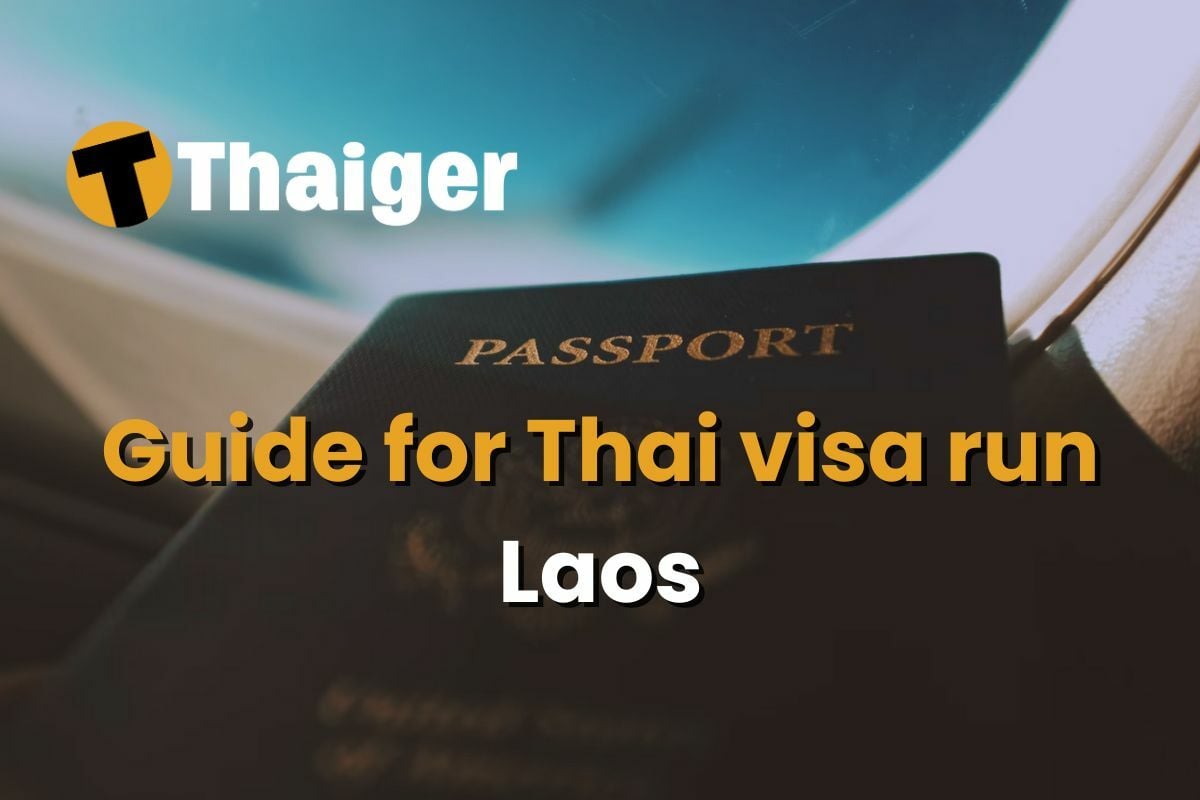
Thailand offers a variety of flexible and affordable visa and immigration options. However, once you arrive at Suvarnabhumi Airport and make your way into the city, you may find yourself lost in the lively and active atmosphere. The countless shopping malls, delicious street food, and diverse entertainment options can make time seem to fly by. Before you know it the expiration date on your tourist visa is right around the corner, even as you realise you’d like to extend your stay.
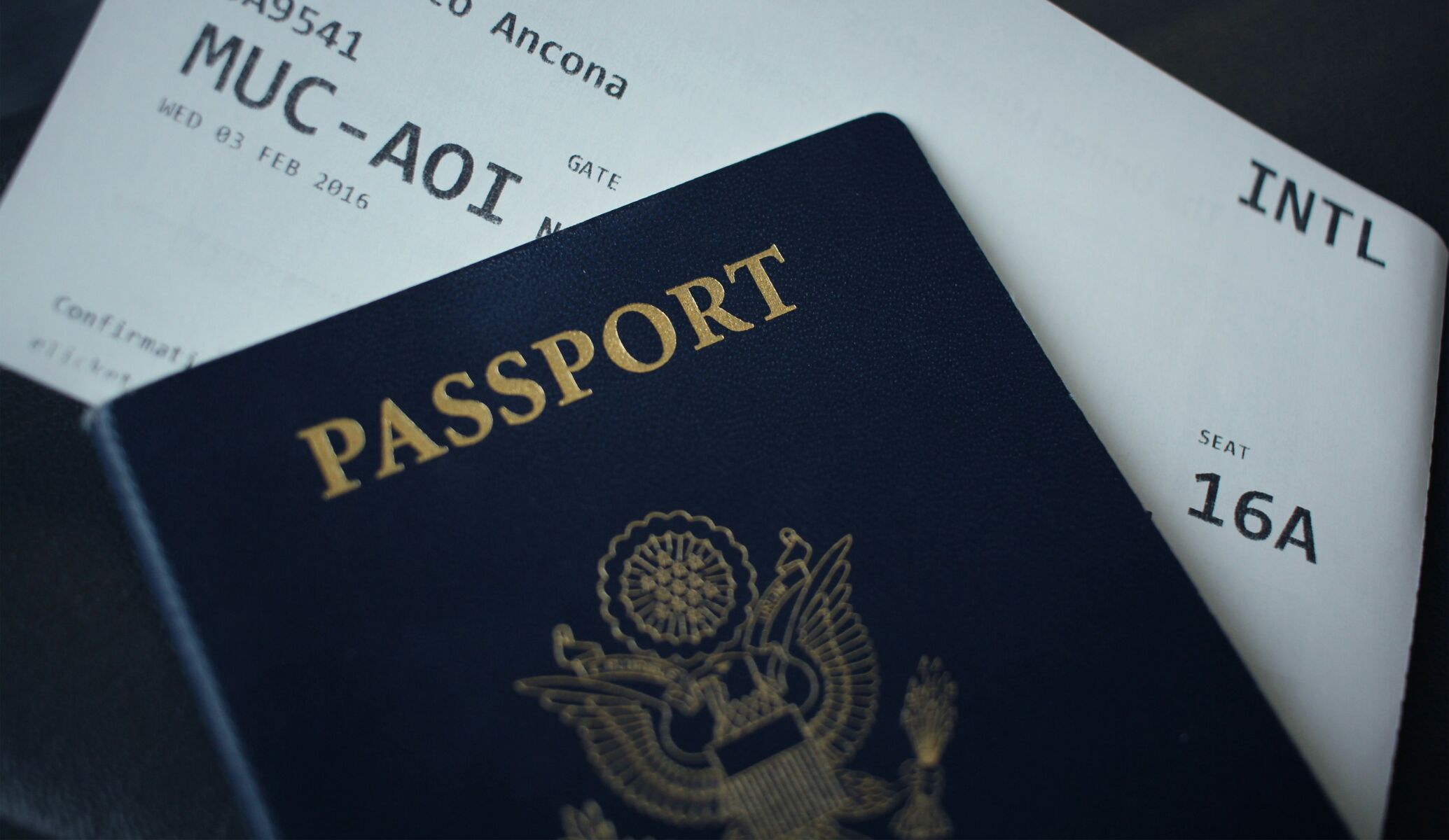
Don’t worry if you find yourself in this situation—you’re not the first one. Many expats and tourists face the same dilemma. The common solution is what’s known as a “Visa Run,” a practice familiar to those who wish to prolong their time in Thailand. You can get your visa extended but it requires some time and money, so visa runs can be much more flexible and convenient.
How to visa run
A visa run typically involves crossing into a neighbouring country—such as Laos, Cambodia, or Malaysia—before returning to Thailand to obtain a new visa exemption stamp. This allows travellers to stay longer than the initial visa period granted upon entry. With the current regulation, however, foreigners are allowed two visa runs per year, which means they can obtain a total of three 30-day stays (the third being the initial entry)24.
Travellers entering Thailand by land are limited to two 30-day exemptions per year, while those arriving by air can still receive up to six exemptions annually.
Keep in mind that frequent border runs may draw attention from immigration officials. To avoid potential issues, it’s advisable to spend a few days in the neighbouring country rather than returning immediately. A same-day return might be viewed as misusing the system, potentially complicating future entries.
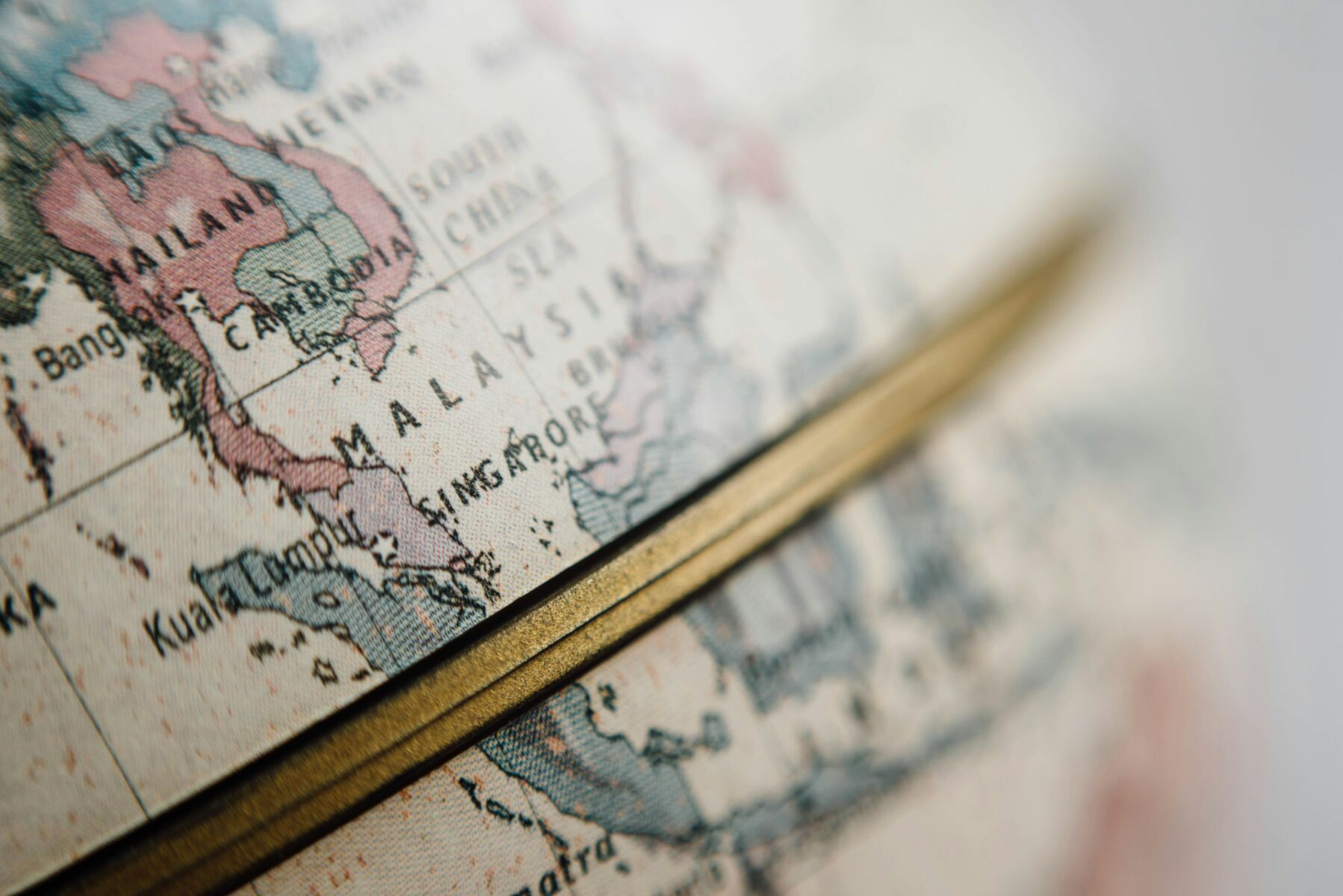
Common countries to run to
Thailand’s strategic location in Southeast Asia offers several convenient options for visa runs. Many neighbouring countries have flexible visa and immigration policies, making them popular choices for those looking to extend their stay in Thailand. Here are some of them :
| Country: | Why: |
| Laos | Many travellers go to Vientiane or other border towns to reset their visa exemption status, often enjoying a brief stay in the capital. |
| Cambodia | The Poipet border crossing is a common choice and Cambodia offers a straightforward visa-on-arrival process. |
| Malaysia | Accessible by bus or flight, The country has relaxed entry requirements for many nationalities. |
| Myanmar | Border crossings like Mae Sai are popular for quick visa runs while Travellers can also explore nearby towns. |
| Vietnam | A popular destination for digital nomads, Vietnam offers vibrant cities like Ho Chi Minh City and Hanoi. |
Once you’ve selected your visa-run destination, there are several common steps to ensure a smooth process. In this article, we’ll focus on how to reach Vientiane, Laos, as it’s one of the most popular cities for visa runs from Thailand. Don’t worry if you’ve chosen a different destination – the process is generally similar, with only minor variations depending on the location.
Requirements
A visa run requires only your typical travel documents, but you’ll need to have your essential travel documents in order. This includes:
- A valid passport
- A recent passport-size photograph
- Completed border crossing form
- Pen ( just in case)
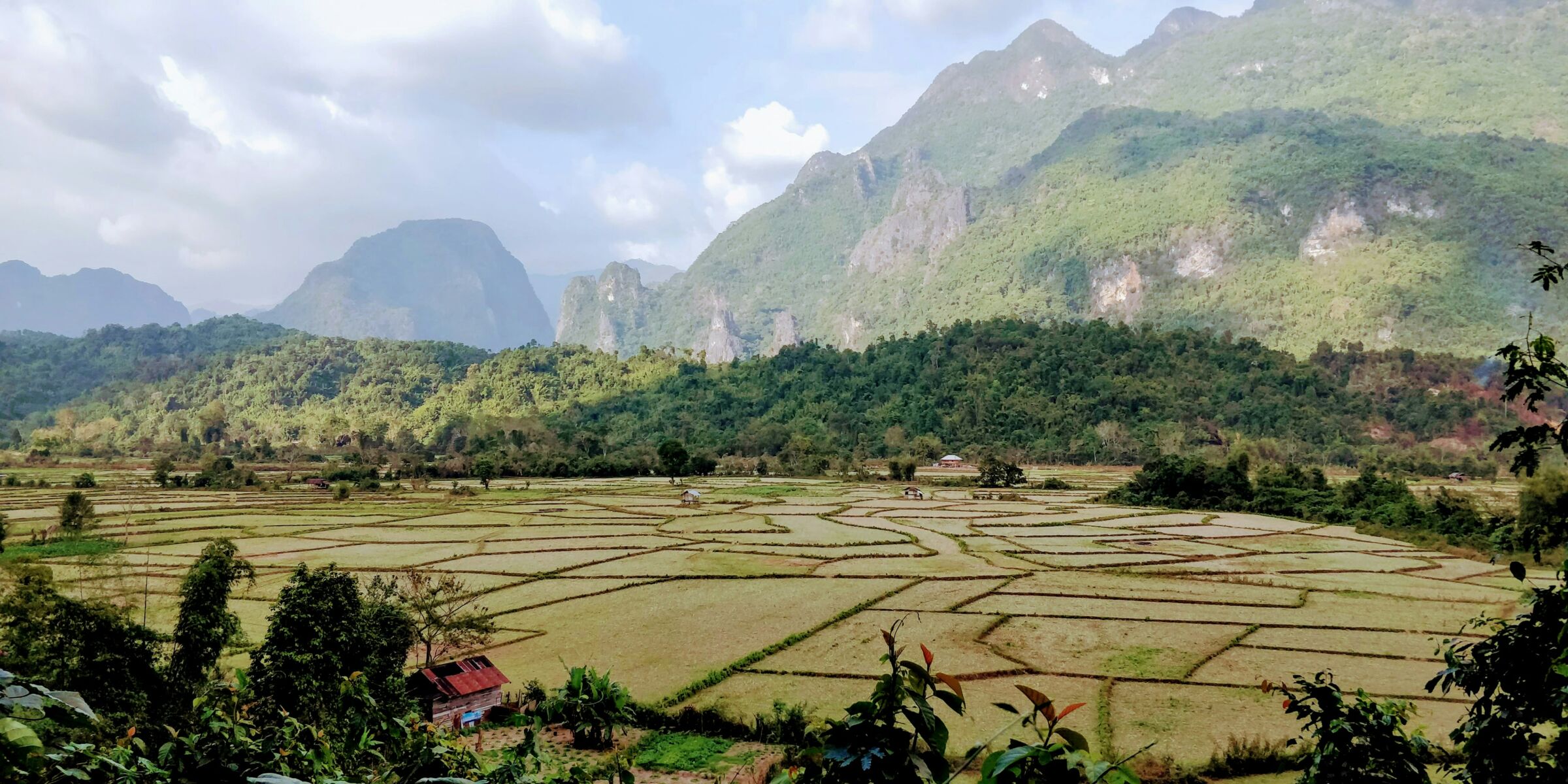
Vientiane, Laos
Vientiane, the capital of Laos, has become a popular destination for visa runs from Thailand due to its convenient location and streamlined processes. Its proximity to Thailand, especially Bangkok, makes it easily accessible by bus or a short flight. Most nationalities can obtain a visa on arrival in Laos, simplifying entry.
Mode of transport
Bus
To get to Vientiane, Laos you can have the option of travelling by bus or flight, depending on your budget and preferences. For those choosing the bus route, it’s advisable to book your service in advance. Tara Travel and Tour is a popular choice, or you can purchase tickets directly at the bus terminal.
The main departure point is Mo Chit Bus Terminal in Bangkok. Buses typically depart in the afternoon, around 4 PM, with the journey to Vientiane taking approximately 10-12 hours. A one-way ticket costs about ฿1,100 (roughly $30), offering an affordable option for budget-conscious travellers. Remember to factor in the travel time when planning your visa run schedule.
Flight
For those who choose a quicker journey, flying to Vientiane is an excellent alternative. It’s recommended to book your flight tickets in advance, though last-minute tickets may be available at the airport. Popular airlines servicing this route include AirAsia, Lao Airlines, and Thai Airways.
The flight duration is approximately 1 hour and 15 minutes, significantly reducing travel time compared to the bus option. Ticket prices typically range from 1,500 to 3,000 baht (US$50 to US$100), depending on the airline and how far in advance you book. Remember to arrive at the airport with ample time before your departure to navigate check-in and security procedures smoothly.
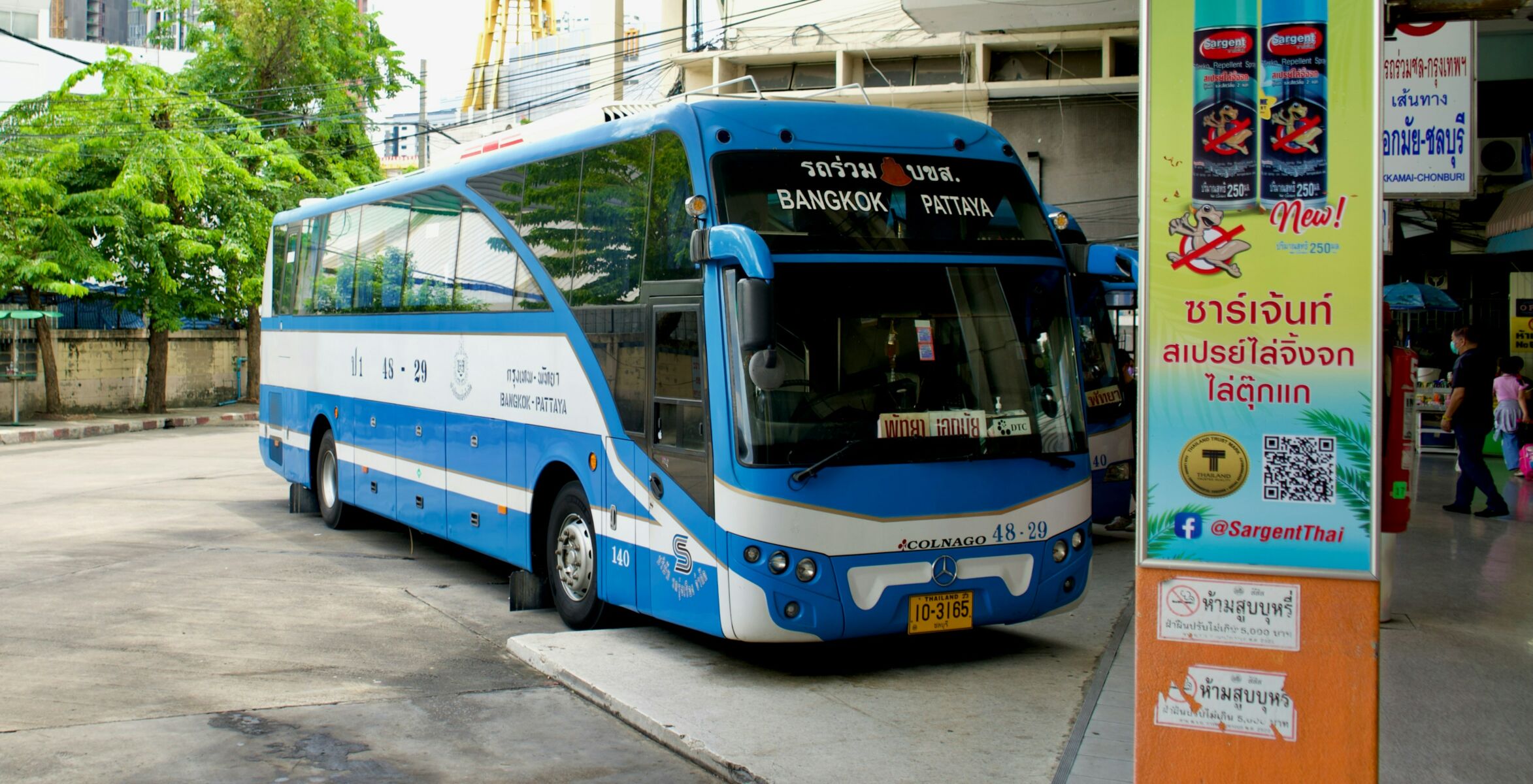
Entering Laos (Bus)
Upon reaching the border checkpoint (if travelling by bus), you’ll need to complete a series of essential steps. First, you’ll exit Thailand through the immigration checkpoint, where officials will process your departure. Next, you may need to complete any required customs procedures, which could involve declarations or inspections. Finally, if applicable, you’ll purchase your Laos visa on arrival. Be prepared with the necessary documents and payment to ensure a smooth entry into Laos.
Duration in Laos
The duration of your stay in Laos is flexible and depends on your personal circumstances and preferences. While it’s technically possible to cross the border and return on the same day, staying at least one night is advisable to avoid raising suspicion with immigration officials. A stay of 1-2 days is generally considered the minimum.
However, a 3-7 day visit is highly recommended, as it allows you to explore Laos while demonstrating that you’re not solely living in Thailand on a tourist visa. For those wanting to maintain an impeccable immigration record, staying longer than a week (up to a month) can further reduce the likelihood of being questioned upon re-entry into Thailand. This approach is particularly beneficial if you’ve made multiple visa runs in a short period, helping to establish your status as a genuine traveller rather than someone attempting to circumvent visa regulations.
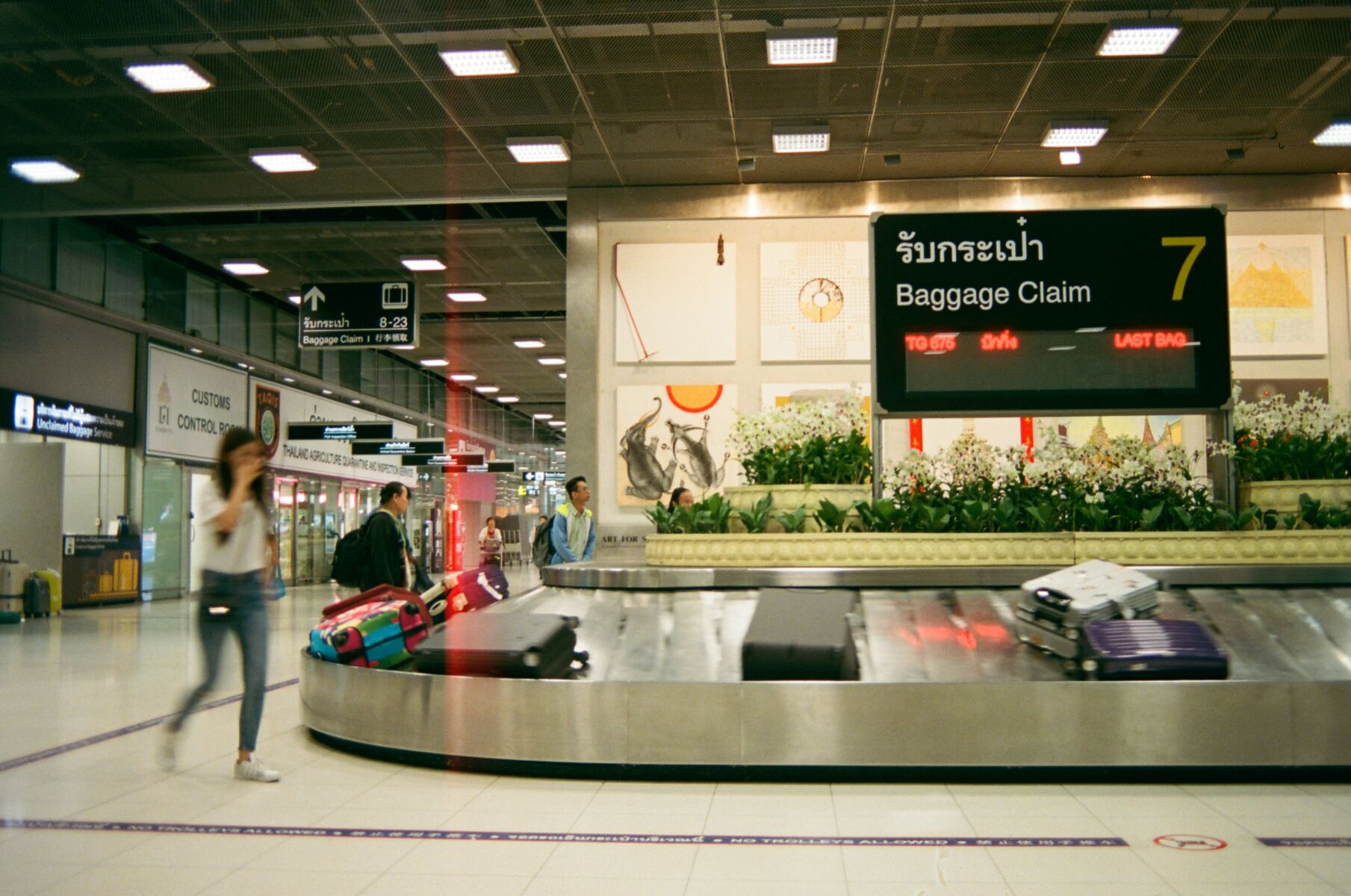
Re-entring Thailand
Flight
When entering Thailand you have to fill out the Arrival/Departure Card (T.M.6), which is typically handed out during your flight or can be found near the immigration counters. The immigration officer may ask a few questions regarding your travel plans, purpose of visit, and duration of stay. Be prepared to explain your itinerary and intentions while in the country. If everything is in order, the officer will place a visa exemption stamp on your passport, granting you a 30-day stay.
Bus
Once you reach the border crossing, proceed to the designated immigration area for vehicles. If you arrive in your car. Park your car in the appropriate space and gather your travel documents. Fill out the necessary Arrival/Departure Card, which is available at the checkpoint.
Some border crossings may require you to declare your vehicle. Ensure you have all necessary documents, such as vehicle registration and proof of insurance, ready for inspection. These steps will be eliminated if you arrive by bus. If all is in order, the immigration officer will stamp your passport with a visa exemption, granting you a 15-day stay when entering Thailand by land.
Visa runs can be a useful way for travellers to extend their stay. This method is often more cost-effective and straightforward compared to navigating the visa extension process. However, frequent abuse of this system can lead to significant risks, including increased scrutiny from immigration authorities, potentially resulting in denial of re-entry or even deportation. Therefore, while visa runs offer flexibility and convenience, they should be used judiciously to avoid negative consequences. It is better to change your visa type if you plan to stay longer.
Is it legal to visa run.
In Thailand, visa runs are generally considered legal, but there are specific regulations and limitations that travelers must be aware of like legal framework and entry limits
How many times can I do a visa run in Thailand per year ?
You can perform two visa runs per calendar year if entering via land borders, allowing you to obtain a 30-day visa exemption stamp twice. However, there is no official limit on air entries; you can receive a 30-day stamp multiple times as long as you don't appear to be abusing the system. Frequent visa runs may lead to increased scrutiny from immigration officials, who might deny entry if they suspect misuse.
What are the risks of doing a visa run ?
Doing a visa run in Thailand carries several risks that travelers should consider. First, increased scrutiny from immigration authorities is a significant concern; frequent visa runs can raise suspicion and lead to interrogation or even denial of re-entry if officials believe you are attempting to reside in the country illegally.
What can i do in Laos, Vientiane ?
In Vientiane, Laos, you can explore several captivating attractions. Visit the iconic Pha That Luang, a stunning gold-covered stupa, and the surreal Buddha Park filled with over 200 statues.
What are the best ways to extend my stay in Thailand without leaving the country ?
To extend your stay in Thailand without leaving the country, you can apply for a **30-day extension** at a Thai immigration office if you hold a 30-day visa exemption or a 60-day tourist visa. For non-immigrant visas, longer extensions (up to one year) may be possible, depending on your circumstances. Ensure your accommodation has registered you with immigration using the TM30 form.








